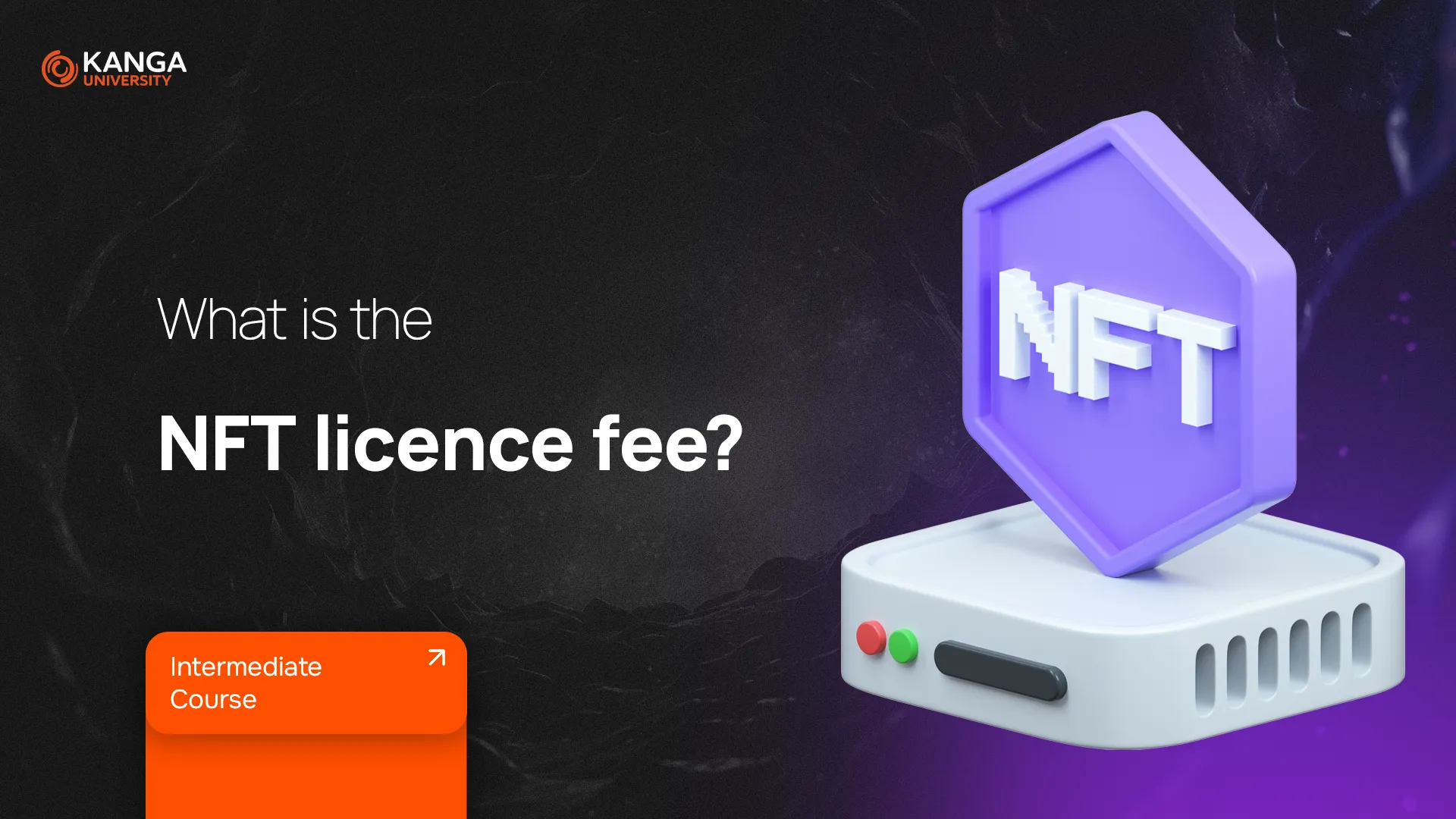
NFT royalties, also known as licensing fees, are a key tool for artists looking to create a sustainable income model for their digital creations. They allow creators to earn a percentage of every secondary sale of their NFTs, ensuring a continuous revenue stream.
Royalties operate through smart contracts on the blockchain, which automatically execute transactions. However, they do not have built-in legal enforcement mechanisms, meaning their effectiveness depends on NFT platforms such as OpenSea and Rarible.
So, how do NFT royalties actually work? What are their limitations and challenges? Let’s explore this topic in detail.
What Are NFT Royalties?
NFT royalties are percentage-based payments made to the original creator every time their NFT is resold on the secondary market.
How does it work?
- The creator sets the royalty percentage when minting the NFT (e.g., 10%).
- Each time the NFT is resold, a portion of the transaction is automatically sent to the creator’s wallet.
- The process is fully automated, eliminating the need for intermediaries.
One of the most famous examples of NFT royalties is Beeple’s “Crossroads” collection, which was resold for $6.6 million. Beeple received 10% of this sale as royalties, demonstrating how NFTs allow artists to continue profiting from their work even after the initial sale.
How Do NFT Royalties Work?
The way NFT royalties function varies depending on the blockchain and the marketplace where the NFT is traded.
For example:
- Ethereum allows creators to set the royalty percentage directly within the smart contract.
- Rarible enables artists to manually set royalties, which are then automatically enforced during each transaction.
However, it’s important to note that NFT royalties are not legally enforceable.
They are simply rules embedded in smart contracts, but they do not constitute a legal agreement that could be enforced in court in case of a dispute.
Additionally, different platforms have different payment schedules, meaning creators do not always receive their royalties immediately.
How Do Smart Contracts Manage Royalties?
Smart contracts automate the royalty process entirely.
- The creator mints an NFT and sets a royalty percentage (e.g., 10%).
- When the NFT is resold, the smart contract automatically deducts 10% of the sale price.
- The royalty amount is instantly transferred to the creator’s wallet.
This system eliminates the need for intermediaries, ensuring creators get paid fairly and promptly.
However, not all NFTs include royalties. If the creator does not embed royalties in the smart contract during the minting process, they will not receive payments from future resales.
Do All NFT Marketplaces Support Royalties?
Not all NFT platforms honor royalty payments, which can be a challenge for creators.
For example:
- OpenSea only enforces royalties for NFT collections, not for single items.
- Rarible supports royalties for both collections and individual NFTs.
- OpenSea caps royalties at 10%, whereas Rarible allows up to 50%.
Since every marketplace has its own policies, creators must carefully choose where to sell their NFTs.
What Are the Benefits of NFT Royalties?
The biggest advantage of NFT royalties is the ability to generate passive income.
With royalties, artists make money not just from the initial sale, but also from every subsequent resale of their NFT.
Example:
- An artist sells an NFT for 10 ETH.
- The buyer resells it later for 100 ETH.
- If the artist set a 10% royalty, they receive an extra 10 ETH.
This system allows creators to benefit from the increasing value of their work over time.
Challenges of NFT Royalties
Despite their advantages, NFT royalties are not perfect.
- Not all platforms support royalties, meaning if an NFT is resold on a marketplace that doesn’t enforce them, the creator will not receive any payments.
- They are not legally binding, as they are just coded rules within smart contracts rather than legal agreements.
- Some NFT marketplaces allow royalty-free transactions, enabling buyers to avoid paying royalties altogether.
Can NFT Royalties Be Transferred Between Marketplaces?
Unfortunately, royalties are not automatically transferable between different NFT platforms.
For example:
- If a creator sets royalties on OpenSea, but their NFT is later resold on another platform that doesn’t honor royalties, they will receive no further payments.
This is a significant challenge because each NFT marketplace has its own policies regarding royalties.
Are NFT Royalties Sustainable?
This is a controversial topic.
In the early days of NFTs, many artists made millions from royalties. However, as more platforms started reducing or eliminating royalties, earnings from secondary sales have declined.
Some NFT projects, such as DeGods, have completely removed royalties, opting for alternative monetization methods instead.
Despite this, for independent artists, NFT royalties remain one of the best ways to generate long-term revenue.
The Future of NFT Royalties
Some critics argue that NFT royalties are an artificial mechanism designed to keep users locked into a particular platform.
Possible alternatives include:
- New incentive models that reward long-term holders rather than charging transaction fees.
- Optional royalties, where buyers can choose whether to support creators.
The NFT industry needs to find a balance between rewarding artists and maintaining market liquidity.
Summary
Now you understand what NFT royalties are and how they work. Creators can set a percentage-based fee on secondary sales, allowing them to generate passive income through smart contracts.
However, NFT royalties are not universally enforced, and each platform follows different rules. Additionally, not all NFTs qualify for royalty payments.
Despite these challenges, NFT royalties remain an important tool for artists, and their future will depend on how the industry adapts.